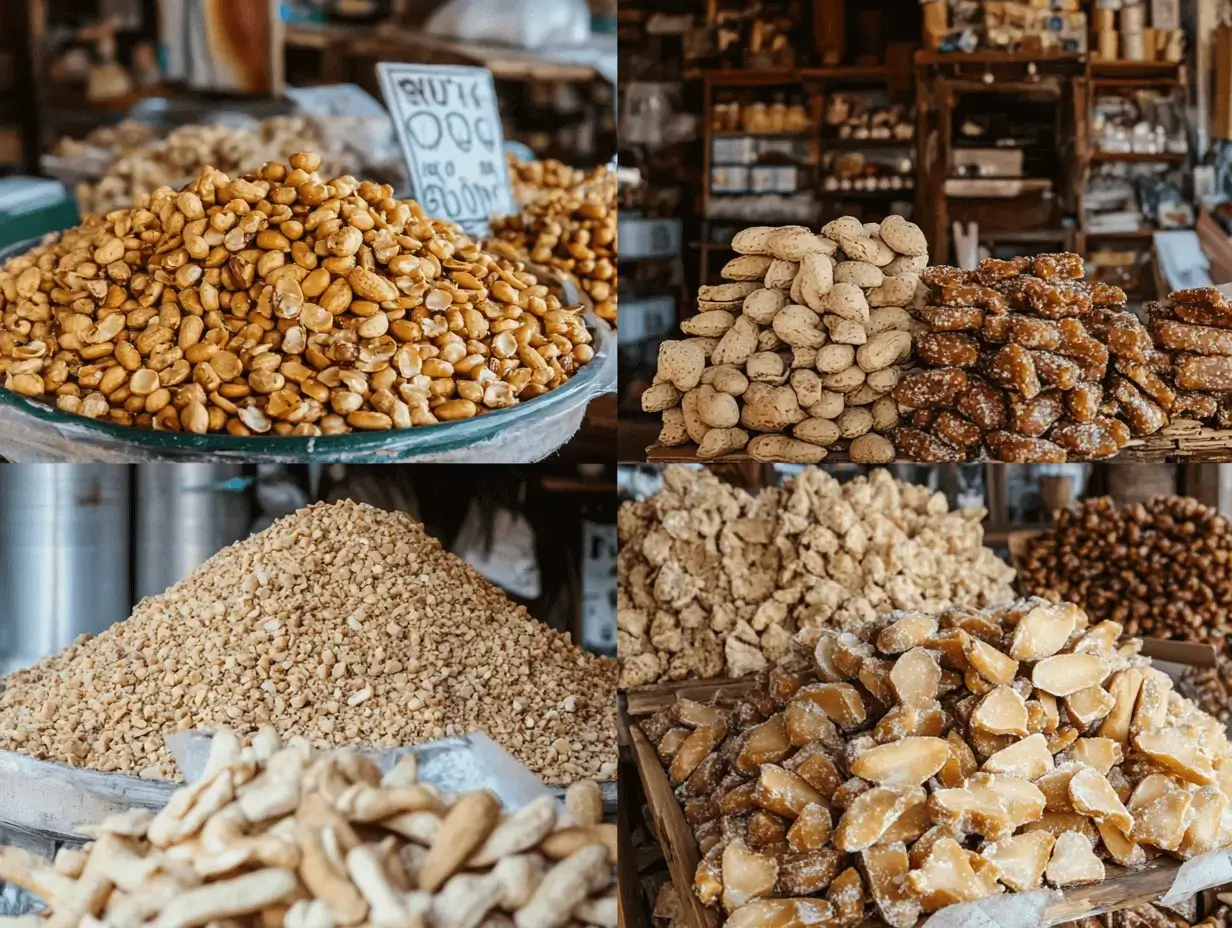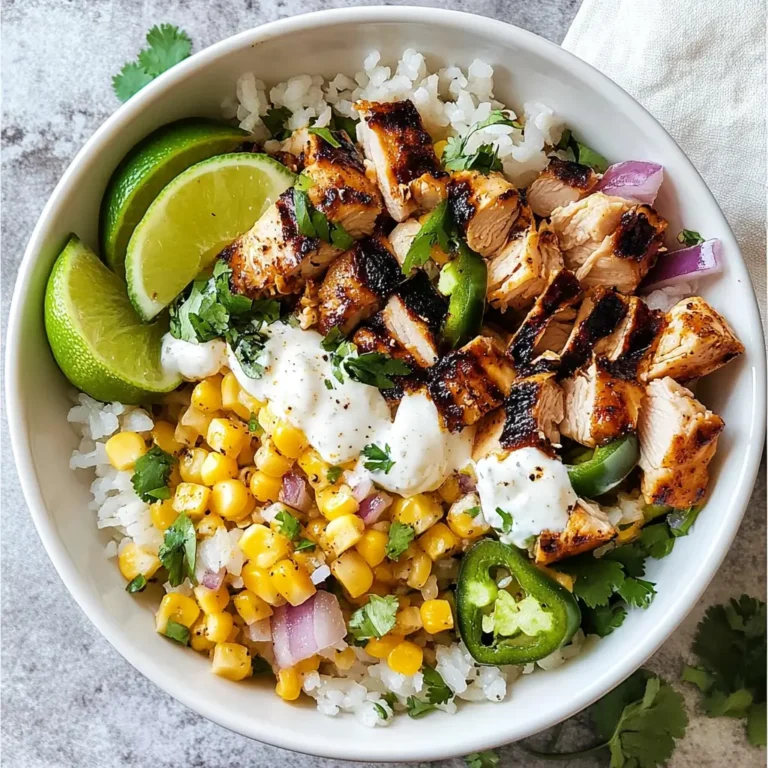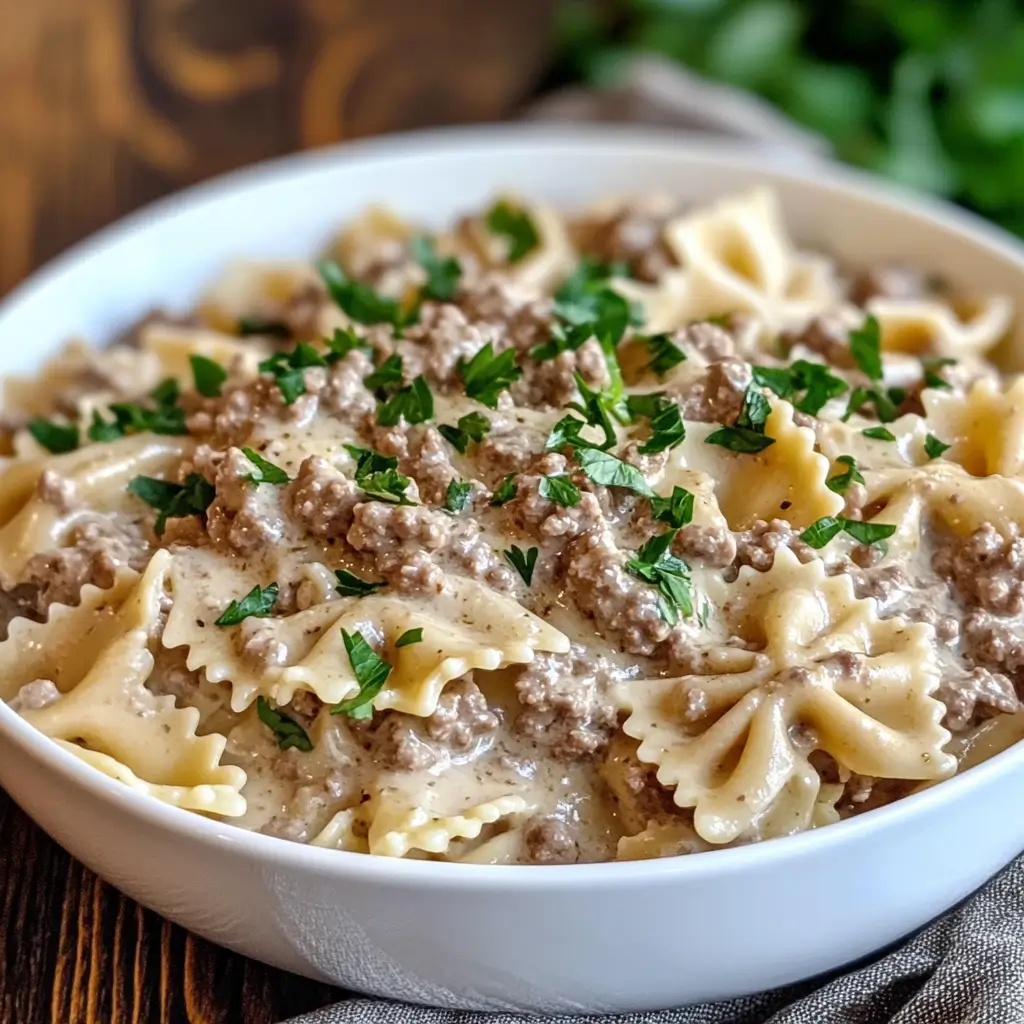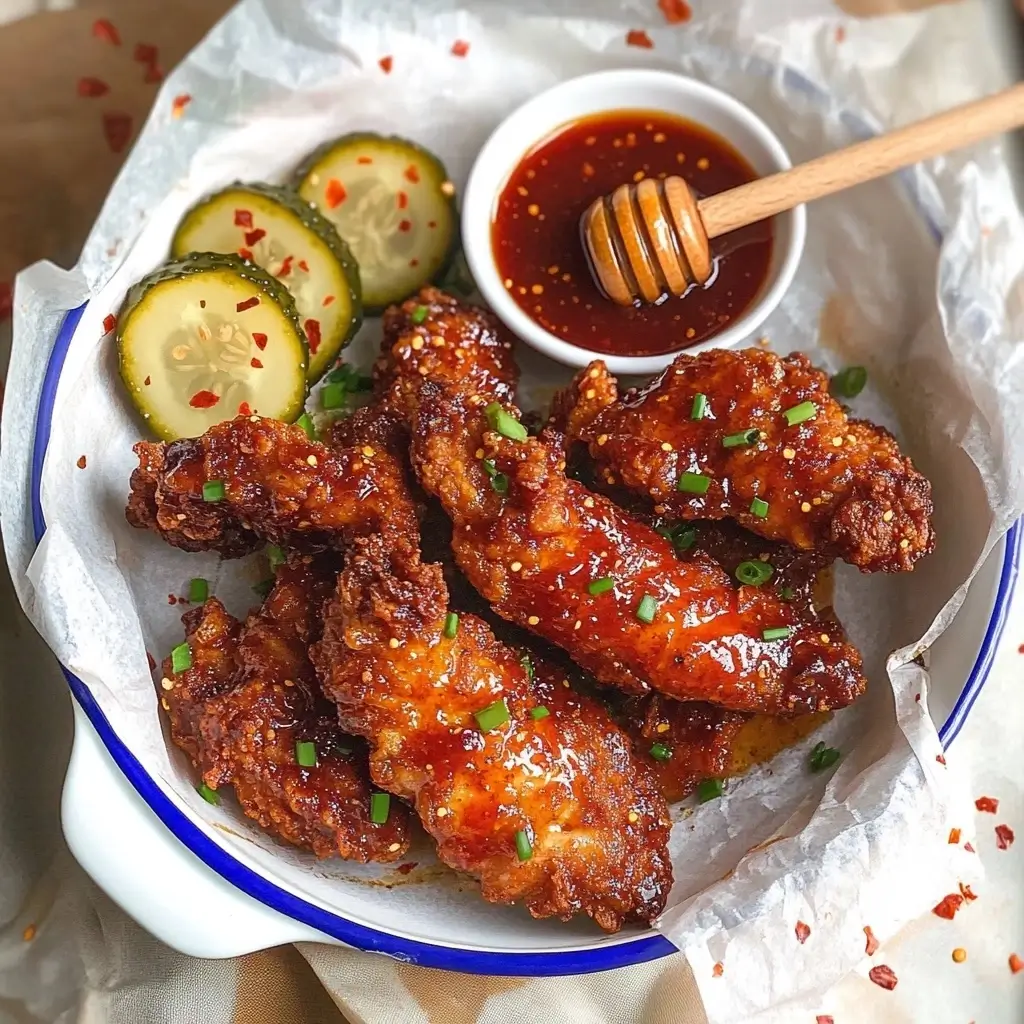Table of Contents
What country did peanut brittle originate from? This question has intrigued candy lovers for generations. Peanut brittle, a crunchy, caramelized candy made with sugar and peanuts, has been enjoyed worldwide, but its exact origins remain debated.
While many believe peanut brittle originated in the United States, similar nut-based sweets have existed for centuries in different cultures. Some claim that early forms of brittle date back to Ancient Egypt, Persia, and India, where people combined nuts with honey or caramelized sugar to create crunchy treats.
So, what country did peanut brittle originate from? Let’s explore its history, cultural significance, and five fun facts about how this delicious treat became a global favorite!
So, let’s crack into the fascinating story behind peanut brittle!
The Origins of Peanut Brittle
Theories About Its Origin
If you’ve ever wondered, What country did peanut brittle originate from?, the answer is not straightforward. The origins of peanut brittle are difficult to pinpoint, as different regions have created similar nut-based confections for centuries.
- Ancient Middle Eastern and Indian Influence – Some food historians believe that brittle-like candies have existed for over a thousand years. In countries like Persia (modern-day Iran) and India, early forms of sugar and honey-based nut confections were created long before refined sugar was available.
- Celtic and European Hard Candies – Some European sweets, such as the praline in France and the caramelized nut treats in Spain, resemble peanut brittle in texture and preparation.
- Native American and Early American Roots – Many historians credit Native Americans for introducing peanuts to early American settlers, which led to the eventual creation of peanut brittle in the United States.
Early Mentions in History
Though peanut brittle as we know it today became popular in the United States, its origins may date back much further. Early records suggest that nut-based brittle confections have been made in various cultures for centuries:
- Ancient Egypt: Egyptians were known for making nut-and-honey-based candies. While these were softer than modern brittle, they share similarities in their basic ingredients.
- India: A traditional Indian sweet called “chikki” is made with jaggery (a type of unrefined sugar) and peanuts, closely resembling peanut brittle.
- China: Some ancient Chinese sweets involve caramelized sugar and nuts, showing that the concept of brittle-like treats was not unique to any one region.
While we may never determine What country did peanut brittle originate from, it’s clear that many cultures played a role in shaping this delicious candy.
Influence of Different Cultures
The development of peanut brittle was likely influenced by multiple cultures over time. While European candy-making traditions introduced caramelized sugar techniques, Native Americans and African American communities in the southern United States helped popularize the use of peanuts in cooking.
Peanuts, which originated in South America, were brought to North America through trade routes. As they became more widely available, their incorporation into various recipes—including peanut brittle—became inevitable.
The Role of the United States in Popularizing Peanut Brittle
Native American Influence
Peanuts have a long history in North America, dating back to indigenous tribes who cultivated them for food and medicinal purposes. Native Americans were among the first to use peanuts in various dishes, though there is no direct evidence that they made brittle as we know it today. However, their influence on peanut cultivation played a significant role in the later development of peanut brittle.
The Southern U.S. Helped Shape Modern Peanut Brittle
While What country did peanut brittle originate from is still debated, the Southern United States played a significant role in making it popular.
A well-known legend claims that peanut brittle was accidentally invented in the late 1800s when a Southern woman mistakenly used baking soda instead of cream of tartar while making taffy. Instead of a soft, chewy candy, she ended up with a hard, crunchy treat—thus, peanut brittle was born!
The Southern U.S. became a hub for peanut farming, and peanuts were inexpensive and widely available. Over time, peanut brittle became a staple homemade treat, especially during the holidays.
Commercial Production and Nationwide Popularity
By the early 20th century, peanut brittle became more widely available thanks to advancements in candy-making technology. Companies like Planters and other regional brands began mass-producing peanut brittle, making it accessible beyond the South.
During World War II, peanut brittle became an even more popular treat due to sugar rationing. Since peanuts were inexpensive and easy to find, peanut brittle was a cost-effective and delicious candy that families could make at home.
Peanut Brittle Around the World

Variations of Brittle in Different Countries
So, what country did peanut brittle originate from? The answer is global—many nations have their own take on brittle-like candies.
Here are some notable variations of brittle from different countries:
- India – Chikki: One of the most famous brittle-like sweets, chikki is made with jaggery (unrefined cane sugar) instead of refined white sugar. Peanuts are the most common nut used, but cashews, almonds, and sesame seeds are also popular.
- China – Tanghulu (Candied Nuts and Fruits): While not exactly brittle, Chinese sweets like tanghulu feature sugar-coated nuts and fruits that have a crunchy texture similar to brittle.
- France – Praline: The French praline is a type of caramelized nut confection that dates back centuries. While some variations are softer, others have a crunchy, brittle-like texture.
- Spain – Turrón: A nougat-like confection, turrón can be either soft or hard, with the harder varieties closely resembling brittle. It is traditionally made with almonds and honey.
- Greece and the Middle East – Pasteli and Sesame Brittle: In Greece, pasteli is a honey-sweetened sesame seed brittle. Similar versions exist in Middle Eastern countries, where nuts like pistachios and walnuts are used.
- Latin America – Crocante de Maní: Many South American countries have their own peanut brittle variations, often made with unrefined sugar for a richer taste.
So, What country did peanut brittle originate from may never be definitively answered, but its variations across cultures prove its universal appeal.
Ingredients and Cooking Methods
Despite regional variations, the core ingredients of brittle remain the same—sugar, nuts, and sometimes a leavening agent like baking soda to create a lighter texture. The basic steps for making peanut brittle involve:
- Caramelizing Sugar – Sugar (often with corn syrup or honey) is melted down until it reaches the hard crack stage.
- Adding Peanuts (or Other Nuts) – Peanuts are mixed in while the sugar is still hot, coating them evenly.
- Using Baking Soda (Optional) – Some recipes include baking soda, which reacts with the sugar to create air bubbles, making the brittle lighter and crispier.
- Pouring and Cooling – The mixture is poured onto a greased surface or parchment paper, then left to cool before being broken into pieces.
How Peanut Brittle is Made
Traditional Recipe
If you’re curious not only about What country did peanut brittle originate from but also how to make it, here’s a classic recipe!
Ingredients:
- 2 cups granulated sugar
- 1 cup light corn syrup
- ½ cup water
- 2 cups raw peanuts
- 2 tablespoons unsalted butter
- 1 teaspoon vanilla extract
- 1 teaspoon baking soda
- ¼ teaspoon salt
Instructions:
- Prepare the Work Surface:
- Grease a large baking sheet or line it with parchment paper. This prevents the brittle from sticking once poured.
- Gather all ingredients and have them ready, as the process moves quickly.
- Cook the Sugar Mixture:
- In a heavy-bottomed saucepan over medium heat, combine sugar, corn syrup, and water. Stir continuously until the sugar dissolves.
- Attach a candy thermometer to the pot and let the mixture cook without stirring until it reaches 300°F (hard crack stage).
- Add Peanuts and Flavoring:
- Once the sugar mixture reaches 280°F, add the raw peanuts. Stir occasionally to coat them evenly.
- When the temperature reaches 300°F, remove the saucepan from the heat.
- Stir in butter, vanilla extract, salt, and baking soda. The mixture will bubble and become frothy.
- Pour and Cool:
- Quickly pour the hot brittle onto the prepared baking sheet, spreading it thinly with a spatula.
- Let it cool completely for about 30 minutes.
- Break Into Pieces:
- Once hardened, break the brittle into small, bite-sized pieces. Store in an airtight container.
Modern Variations
While the classic peanut brittle recipe remains the most popular, many variations exist to add new flavors and textures:
- Chocolate-Coated Peanut Brittle: Some people dip pieces of brittle in melted chocolate for extra richness.
- Spiced Peanut Brittle: Adding cinnamon, cayenne pepper, or nutmeg gives the brittle a unique twist.
- Nut Mix Brittle: Instead of using only peanuts, this variation includes almonds, cashews, or pecans.
- Honey or Maple Syrup Brittle: Some recipes replace corn syrup with honey or maple syrup for a more natural sweetness.
The Cultural Significance of Peanut Brittle

Peanut Brittle in Celebrations and Festivals
Peanut brittle has long been associated with holidays, family gatherings, and festive occasions. In many cultures, sweets symbolize prosperity and good fortune, making peanut brittle a popular treat during special events.
- United States – Christmas and Holiday Season: In the U.S., peanut brittle is a staple during the holiday season. It is commonly made at home and given as a homemade gift to friends and family. Many candy stores also sell decorative tins filled with peanut brittle as a traditional Christmas treat.
- India – Makar Sankranti and Lohri: The Indian version of brittle, chikki, is widely consumed during Makar Sankranti, a festival that marks the transition of the sun into Capricorn. Lohri, a festival celebrated in Northern India, also features peanut-based sweets, symbolizing warmth and prosperity.
- China – Lunar New Year: In some Chinese regions, nut-based candies resembling brittle are enjoyed during the Lunar New Year as a symbol of abundance and wealth.
- Mexico and Latin America – Day of the Dead: Peanut brittle variations, such as crocante de maní, are often made during Día de los Muertos to celebrate ancestors and share sweets with loved ones.
These traditions further demonstrate that What country did peanut brittle originate from is a mix of cultural influences over time.
Commercial and Homemade Peanut Brittle
Peanut brittle is produced on both small and large scales, with some families making it as a cherished homemade tradition, while candy manufacturers mass-produce it for nationwide distribution.
- Homemade Peanut Brittle: Many people prefer making peanut brittle at home due to its simplicity and the ability to customize flavors. It is often made in large batches and stored in airtight containers for long-lasting freshness.
- Commercial Production: Companies like See’s Candies, Planters, and various specialty candy brands sell peanut brittle in grocery stores and online. Some regions even have famous peanut brittle brands known for their unique recipes and high-quality ingredients.
Health Benefits and Nutritional Value
Ingredients and Their Benefits
Although peanut brittle is a sugary treat, its ingredients offer some nutritional benefits when consumed in moderation. Let’s take a look at the key components of peanut brittle and their effects on health:
- Peanuts – The main ingredient in peanut brittle, peanuts are packed with protein, healthy fats, and essential nutrients such as vitamin E, magnesium, and niacin. They provide energy and support heart health when eaten in moderation.
- Sugar and Corn Syrup – These ingredients provide the signature sweetness and crunch of peanut brittle, but they should be consumed in controlled portions to avoid excessive sugar intake.
- Butter – Adds richness to the brittle but also increases saturated fat content. Using unsalted butter or replacing it with coconut oil can make the recipe slightly healthier.
- Baking Soda – While it doesn’t contribute to nutrition, baking soda is essential for creating the airy texture of peanut brittle.
How to Make It Healthier
For those who love peanut brittle but want a healthier alternative, consider these modifications:
- Reduce Sugar – Use natural sweeteners like honey, maple syrup, or coconut sugar instead of refined white sugar.
- Add Seeds and Nuts – Incorporate almonds, cashews, sunflower seeds, or flaxseeds to boost the nutrient profile.
- Use Dark Chocolate – Drizzle melted dark chocolate over the brittle to add antioxidants and enhance flavor.
- Avoid Artificial Ingredients – Make homemade peanut brittle to control the quality of ingredients and avoid preservatives found in store-bought versions.
While peanut brittle should still be enjoyed as an occasional treat, making small adjustments to the recipe can provide a slightly healthier snack option.
Frequently Asked Questions About Peanut Brittle
When Was Peanut Brittle First Made?
The exact date of peanut brittle’s creation is unknown, but historical records suggest that brittle-like confections have existed for centuries. The modern version of peanut brittle became popular in the United States during the 19th century, especially in the Southern states where peanuts were widely grown. Some food historians believe that early versions of brittle date back to Native American and European candy-making traditions.
What Is the Difference Between Brittle and Toffee?
While both brittle and toffee involve caramelized sugar, they have distinct differences:
- Brittle is hard, crunchy, and often aerated with baking soda to create a lighter texture. It typically contains nuts like peanuts or almonds.
- Toffee is denser, buttery, and chewy, with a more caramel-like consistency. It is often coated with chocolate or mixed with nuts.
Why Is Peanut Brittle So Popular in the U.S.?
Peanut brittle became a staple in American households due to its simple ingredients, long shelf life, and delicious flavor. The abundance of peanuts in the Southern United States contributed to its widespread popularity. Over time, peanut brittle became a traditional holiday treat, enjoyed during Christmas and other celebrations.
Can You Make Peanut Brittle Without Corn Syrup?
Yes, peanut brittle can be made without corn syrup by using alternatives such as:
- Honey
- Maple syrup
- Brown sugar
- Coconut sugar
These substitutes may alter the texture slightly but still create a delicious, crunchy brittle.
How Long Does Peanut Brittle Last?
Peanut brittle has a long shelf life when stored properly. It can last:
- 2 to 3 weeks at room temperature in an airtight container.
- Up to 3 months when stored in a cool, dry place.
- 6 months or more when frozen in a sealed container.
What Makes Peanut Brittle So Crunchy?
The crunchiness of peanut brittle comes from the sugar reaching the hard crack stage (around 300°F) during cooking. The addition of baking soda creates tiny air bubbles in the mixture, making the brittle lighter and easier to break.
Conclusion
So, what country did peanut brittle originate from? While its precise origins remain unclear, variations of brittle-like sweets have existed in cultures worldwide for centuries. From Indian chikki to Greek pasteli and American peanut brittle, this beloved confection has stood the test of time.
The United States played a crucial role in popularizing the modern peanut brittle, making it a holiday staple and a favorite candy across generations. Whether you prefer the classic version or a modern twist, peanut brittle remains a timeless treat enjoyed around the world.
Next time you bite into a crunchy piece of peanut brittle, you’re tasting a candy with a truly global history!





